About Liquid Instruments
Liquid Instruments was founded by a team of experimental physicists and engineers with expertise in precision measurement and gravitational wave detector instrumentation. We provide equipment that helps scientists, engineers, students and professionals seamlessly acquire data, run measurements and control their experiments.
About Liquid Instruments
Liquid Instruments was founded by a team of experimental physicists and engineers with expertise in precision measurement and gravitational wave detector instrumentation. We provide equipment that helps scientists, engineers, students and professionals seamlessly acquire data, run measurements and control their experiments.
The founding team
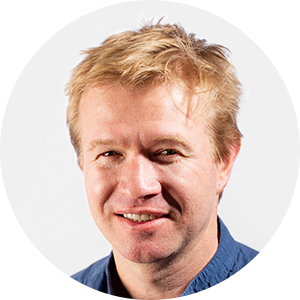 |
Prof. Daniel Shaddock — Chief Executive Officer Daniel Shaddock is also a Professor in Physics at the Australian National University. His research focuses on precision measurements using advanced digital signal processing. Prof Shaddock led Australia’s involvement in GRACE Follow-on, a satellite mission launched on May 22, 2018 to track the Earth’s water movement. Prior to this work Daniel was a Director’s Fellow at NASA’s Jet Propulsion Laboratory where he served as NASA’s Interferometer Architect for the LISA mission. He is a Fellow of the American Physical Society and his publications have been cited over 20,000 times. Daniel was a co-author on the paper announcing the observation of gravitational waves, an achievement that was awarded the 2017 Nobel Prize in Physics. |
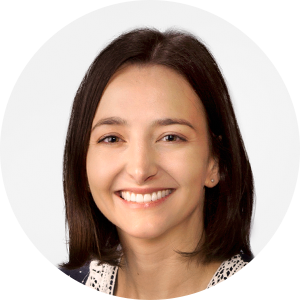 |
Danielle Wuchenich, Ph.D. — Chief Strategy Officer Danielle received a Ph.D. in Physics from the Australian National University for developing FPGA algorithms and instrumentation for satellite-based laser ranging systems. Previously she was a Senior Research Scientist at Lockheed Martin’s Advanced Technology Center in Palo Alto where she worked on interferometric imaging and metrology systems. Danielle leads US operations, strategy, and partnerships. |
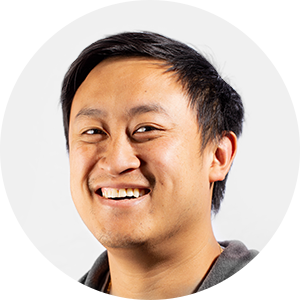 |
Timothy Lam, Ph.D. — Chief Technology Officer Prior to Liquid Instruments, Tim worked as a researcher focusing on precision optical sensing and signal processing. Tim was involved with various research collaborations with Australia’s National Measurement Institute, NASA’s Jet Propulsion Laboratory and Italy’s National Optics Institute. Tim leads Liquid Instruments technology development and oversees the planning and development of new products. |
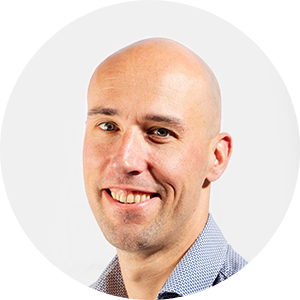 |
David Rabeling, Ph.D. — VP Engineering David received a Ph.D. in Physics from The Australian National University in 2009 before taking on a role as a research fellow at Nikhef, the Dutch National Institute for Subatomic Physics in the Netherlands. At Nikhef, David led the RF spatial wave-front sensing R&D efforts for the Advanced Virgo Detector and was in charge of the site and infrastructure definition for the Einstein Telescope. David carries responsibility for all hardware R&D, product manufacturing, quality assurance and compliance for Liquid Instruments' hardware products. |
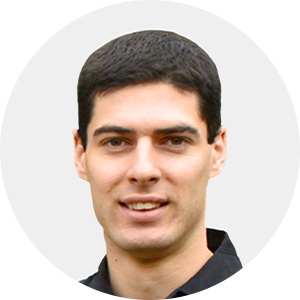 |
Paul Altin, Ph.D. — Chief Scientist Paul earned his Ph.D. in experimental quantum physics at the Australian National University in 2012, before moving to Germany to take up an Alexander von Humboldt fellowship at the Max Planck Institute for quantum optics in Garching. His research has spanned a range of fields across physics and precision measurement, including ultracold quantum gases, atom interferometry, precision gravimetry, dark matter, cavity quantum electrodynamics and gravitational wave detection. Paul has co-authored over 100 journal articles and was a member of the Nobel-Prize-winning team that made the first detection of gravitational waves from a pair of colliding black holes in 2016. At Liquid Instruments, Paul is responsible for designing the instruments and user interfaces that provide scientists and engineers with industry-leading usability and features. |
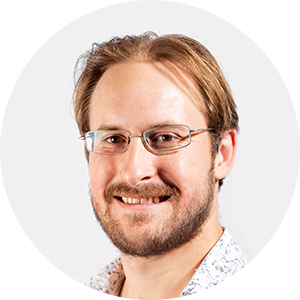 |
Ben Coughlan — Chief Software Architect Ben graduated with a degree in software engineering before beginning a Ph.D in Computer Science where his research centered on developing verifiable and radiation tolerant avionics for unmanned aerial vehicles. Ben gained valuable experience managing highly-technical software projects while working in the defense industry before discovering a passion for field-programmable gate-arrays and embedded software development. Ben is responsible for the design of the system architecture, device firmware and the quality practices of the software team. |
The founding team

Prof. Daniel Shaddock
Chief Executive Officer
Daniel Shaddock is also a Professor in Physics at the Australian National University. His research focuses on precision measurements using advanced digital signal processing. Prof Shaddock led Australia’s involvement in GRACE Follow-on, a satellite mission launched on May 22, 2018 to track the Earth’s water movement. Prior to this work Daniel was a Director’s Fellow at NASA’s Jet Propulsion Laboratory where he served as NASA’s Interferometer Architect for the LISA mission. He is a Fellow of the American Physical Society and his publications have been cited over 20,000 times. Daniel was a co-author on the paper announcing the observation of gravitational waves, an achievement that was awarded the 2017 Nobel Prize in Physics.

Danielle Wuchenich, Ph.D.
Chief Strategy Officer
Danielle received a Ph.D. in Physics from the Australian National University for developing FPGA algorithms and instrumentation for satellite-based laser ranging systems. Previously she was a Senior Research Scientist at Lockheed Martin’s Advanced Technology Center in Palo Alto where she worked on interferometric imaging and metrology systems. Danielle leads US operations, strategy, and partnerships.

Timothy Lam, Ph.D.
Chief Technology Officer
Prior to Liquid Instruments, Tim worked as a researcher focusing on precision optical sensing and signal processing. Tim was involved with various research collaborations with Australia’s National Measurement Institute, NASA’s Jet Propulsion Laboratory and Italy’s National Optics Institute. Tim leads Liquid Instruments technology development and oversees the planning and development of new products.

David Rabeling, Ph.D.
VP Engineering
David received a Ph.D. in Physics from The Australian National University in 2009 before taking on a role as a research fellow at Nikhef, the Dutch National Institute for Subatomic Physics in the Netherlands. At Nikhef, David led the RF spatial wave-front sensing R&D efforts for the Advanced Virgo Detector and was in charge of the site and infrastructure definition for the Einstein Telescope. David carries responsibility for all hardware R&D, product manufacturing, quality assurance and compliance for Liquid Instruments' hardware products.

Paul Altin, Ph.D.
Chief Scientist
Paul earned his Ph.D. in experimental quantum physics at the Australian National University in 2012, before moving to Germany to take up an Alexander von Humboldt fellowship at the Max Planck Institute for quantum optics in Garching. His research has spanned a range of fields across physics and precision measurement, including ultracold quantum gases, atom interferometry, precision gravimetry, dark matter, cavity quantum electrodynamics and gravitational wave detection. Paul has co-authored over 100 journal articles and was a member of the Nobel-Prize-winning team that made the first detection of gravitational waves from a pair of colliding black holes in 2016. At Liquid Instruments, Paul is responsible for designing the instruments and user interfaces that provide scientists and engineers with industry-leading usability and features.

Ben Coughlan
Chief Software Architect
Ben graduated with a degree in software engineering before beginning a Ph.D in Computer Science where his research centered on developing verifiable and radiation tolerant avionics for unmanned aerial vehicles. Ben gained valuable experience managing highly-technical software projects while working in the defense industry before discovering a passion for field-programmable gate-arrays and embedded software development. Ben is responsible for the design of the system architecture, device firmware and the quality practices of the software team.
